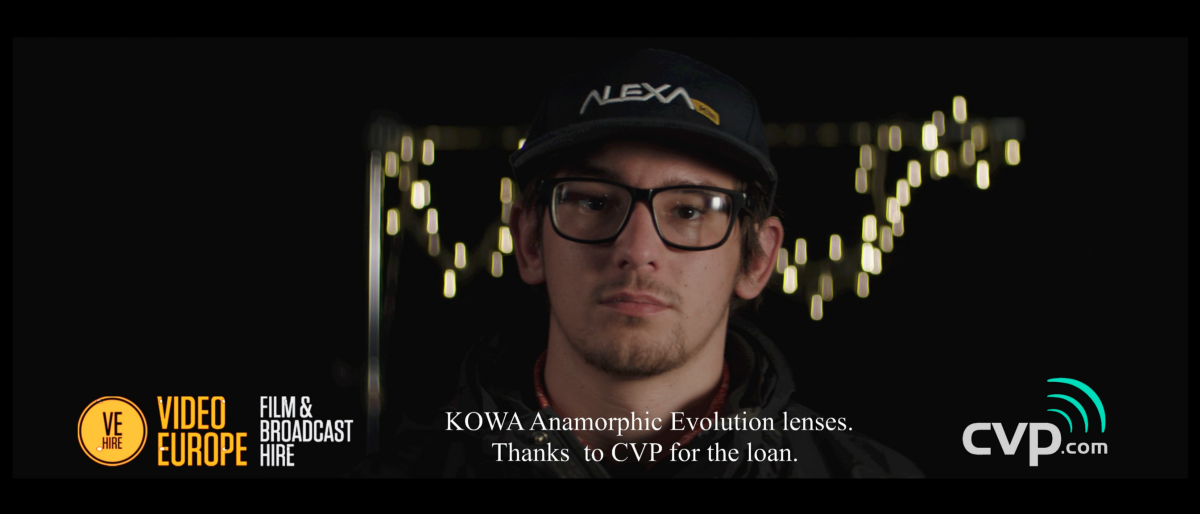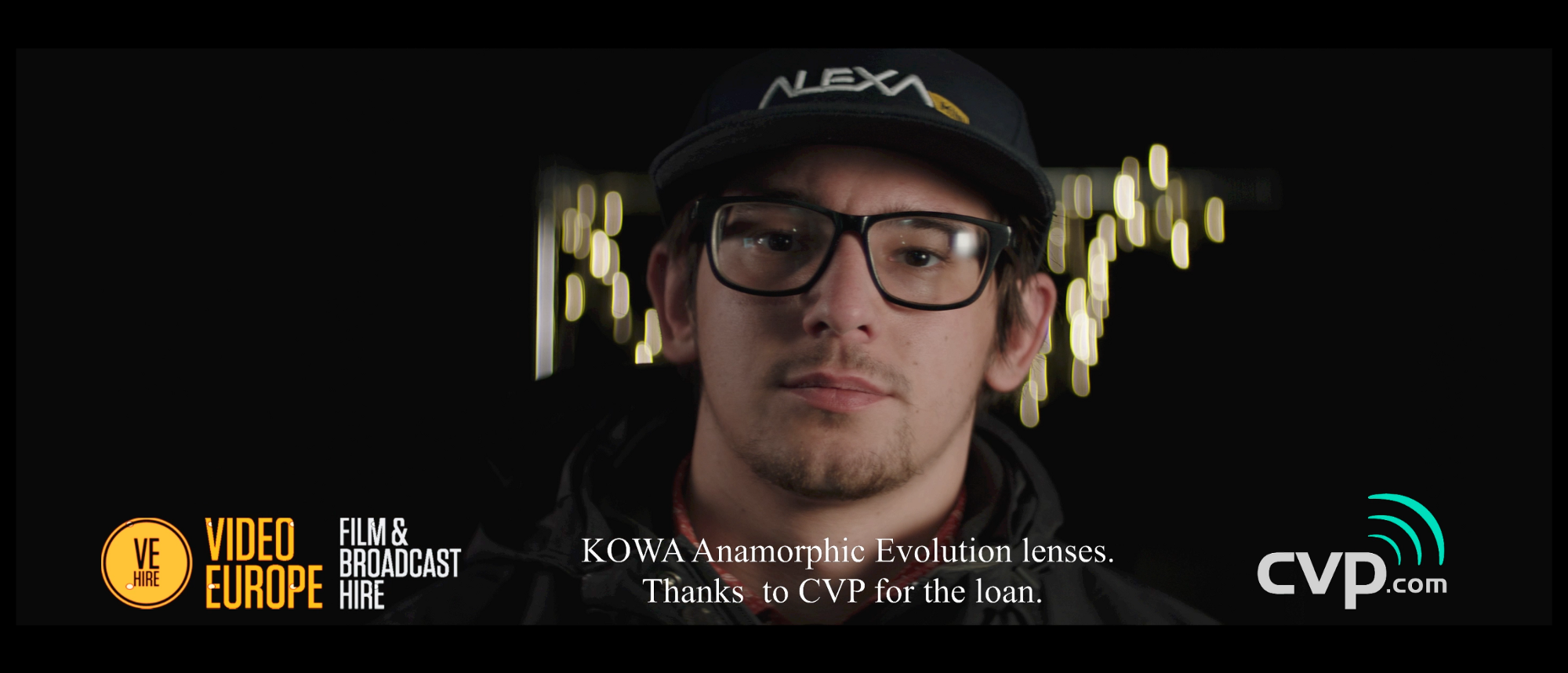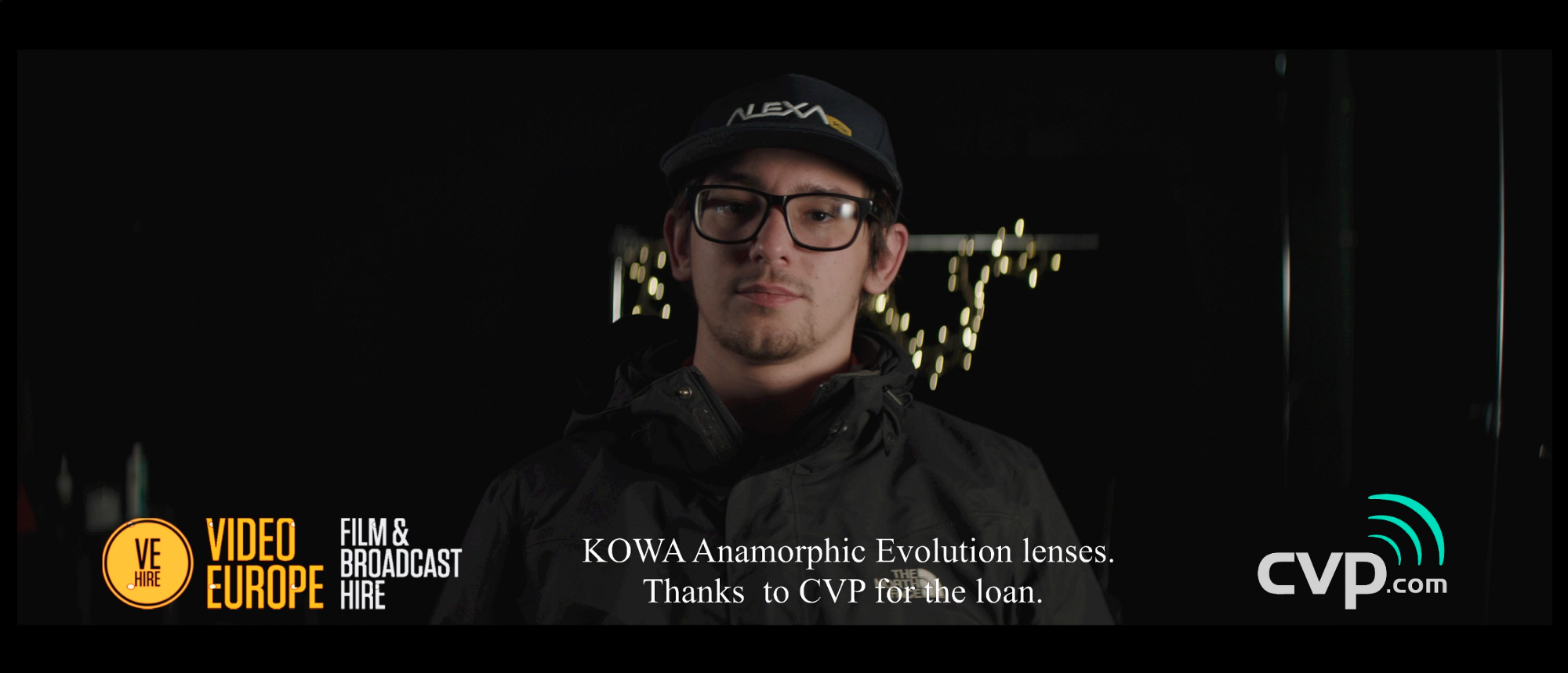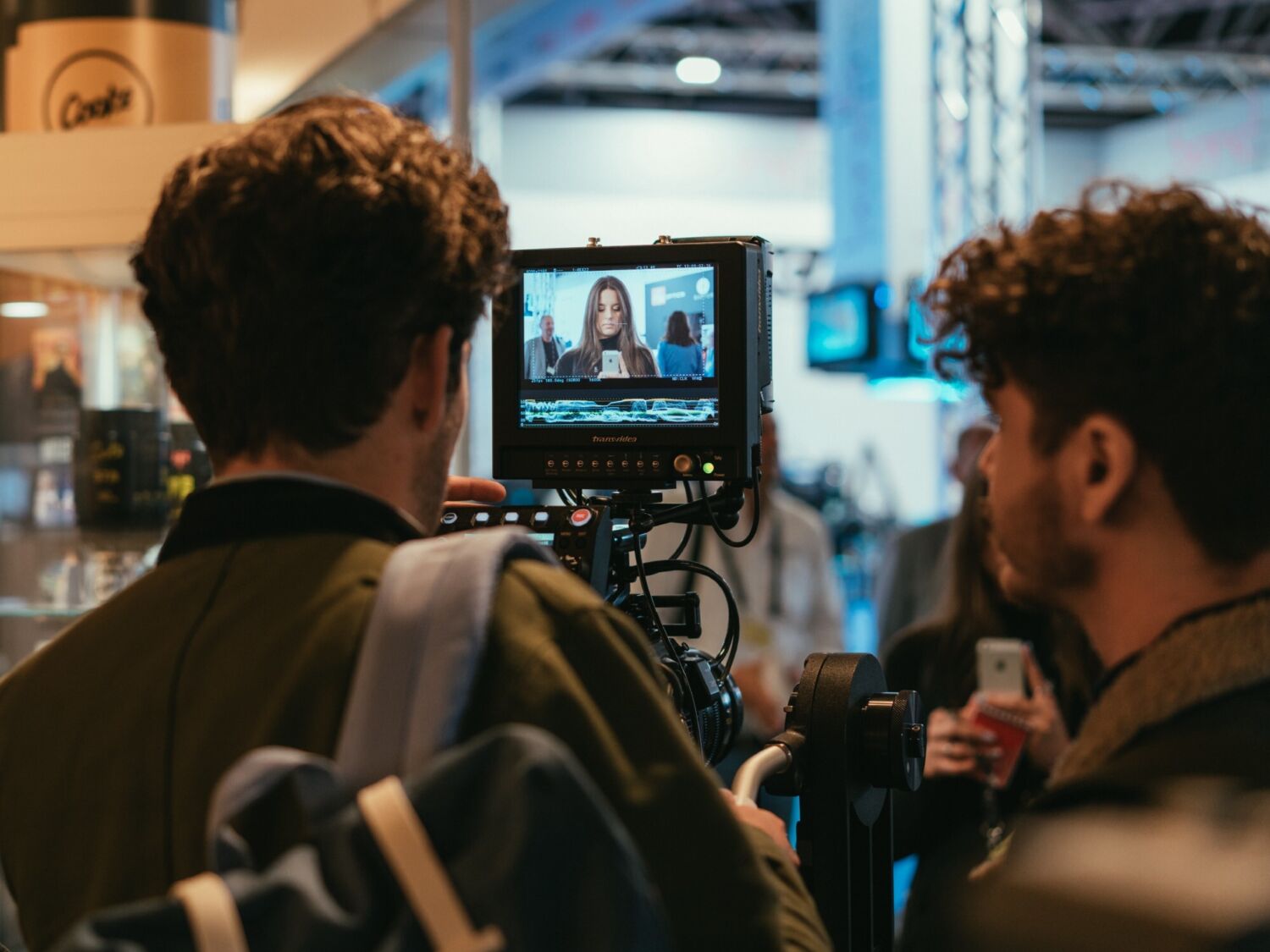P+S Technik Kowa Evolution Anamorphic Lenses
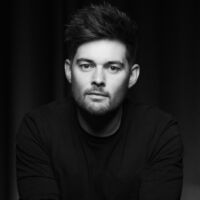
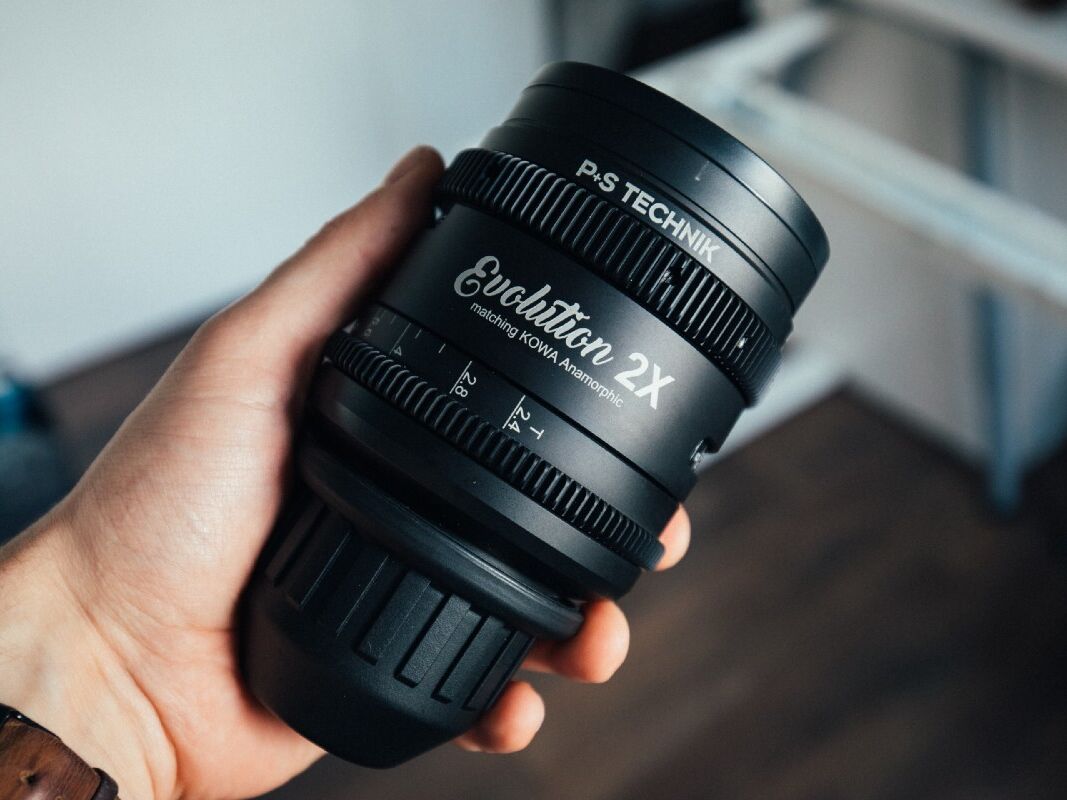
As I write this, I’m sat in Video Europe’s rental house in Bristol. Only minutes ago, I begrudgingly handed back these Evos.
I guess I shouldn’t be sad that it’s over, but happy that it happened.
After all, the story behind how I even got hold of a one-off, prototype set of lenses in the first place is ridiculous enough.
Buckle up.
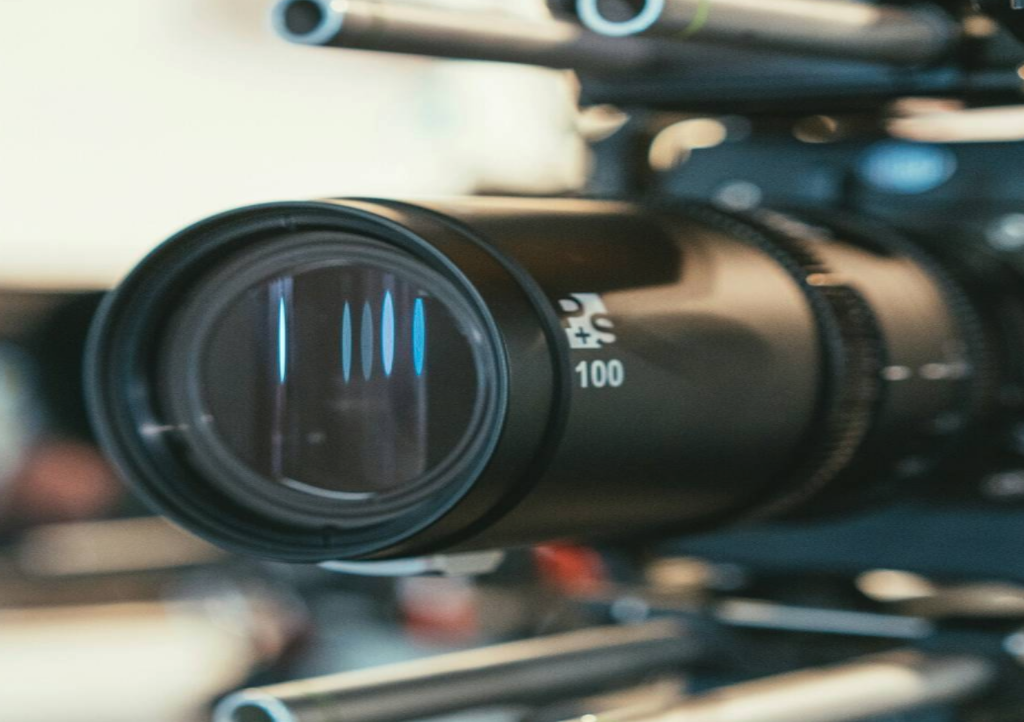
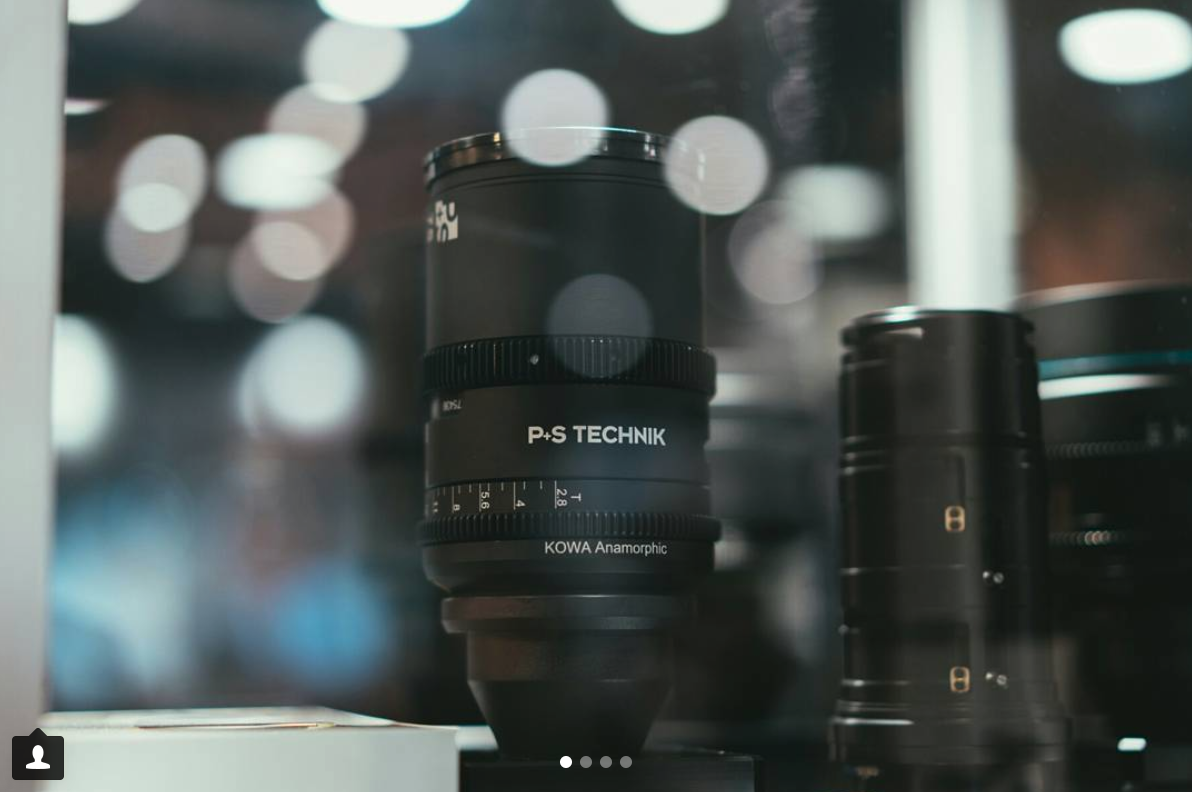
The backstory
Back in September, when I was at IBC 2017 in Amsterdam, I happened upon the P+S Technik stand. Founded in 1990 by former ARRI engineers, these German chaps do a fantastic job of rehousing classic lenses so that they perform like their modern counterparts, whilst keeping the vintage characteristics of the original glass.
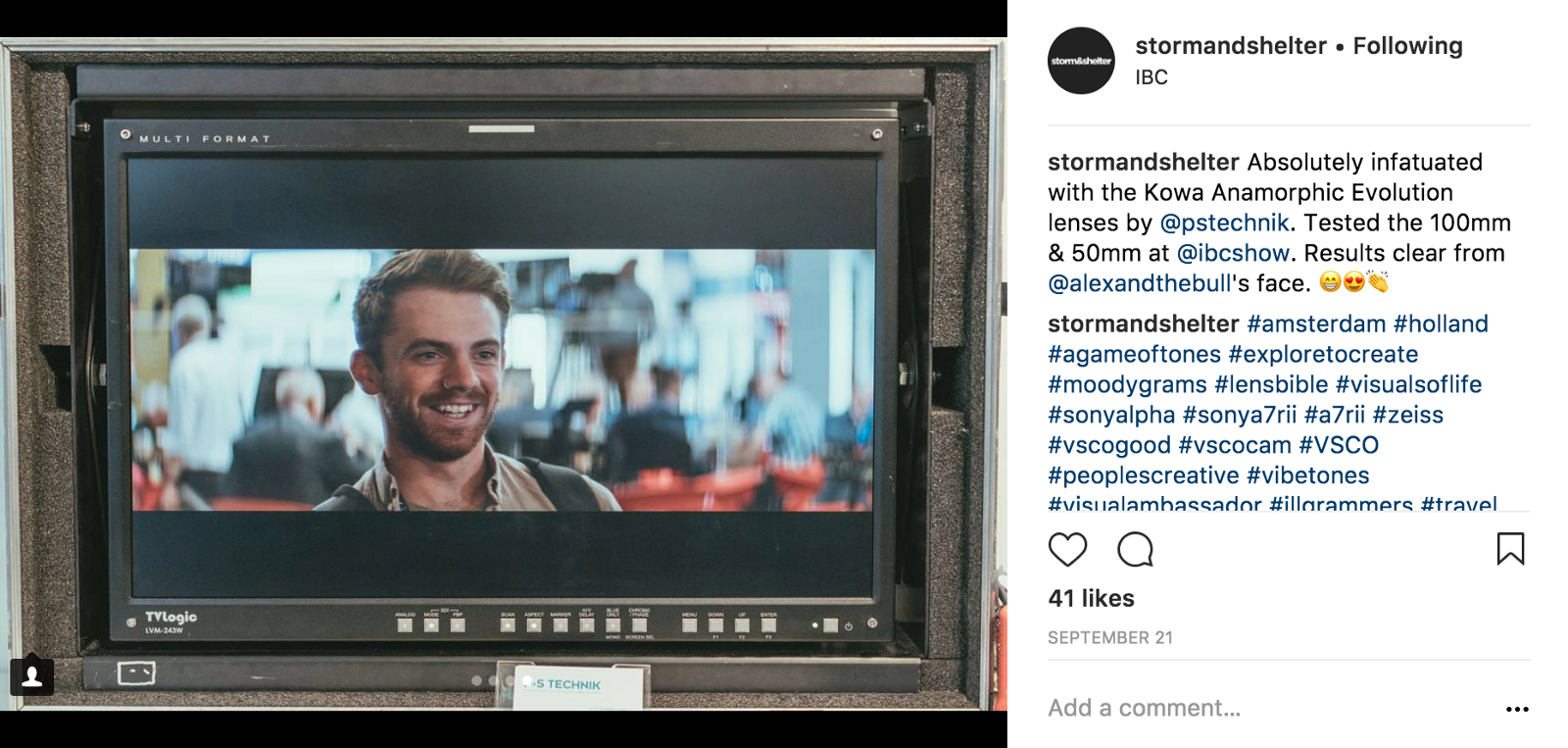
Although I’d been to their stand on multiple previous occasions to get my annual fix of lensporn™, this time they had something even more exciting on display.
Seemingly unsatisfied with just rehousing other manufacturer’s lenses, P+S have decided to start from scratch and manufacture their own set of anamorphic lenses, modelled on the glass blueprints of the original 1970s Kowa lenses, but with P+S modern engineering inside.
I only had a very brief time with the lenses at IBC, but as soon as I looked through the Alexa Mini’s EVF down the barrel of the 50mm, I was hooked.
I had to get my hands on a set.

Once I got back to the UK, I contacted P+S the only way that us millennials know how—through Instagram. With high hopes, I awaited a reply:
Alas, it seemed like I wasn’t going to get my grubby mitts on the lenses until they were put into full production.
It looked as if the one demo set in existence was already booked for the foreseeable future…or so I thought. In fact, in the weeks that followed it seemed as if the Gods were taunting me.
I went to an event at CVP, only to see they they’d acquired the test set and had them sat in a display shelf, mocking me.
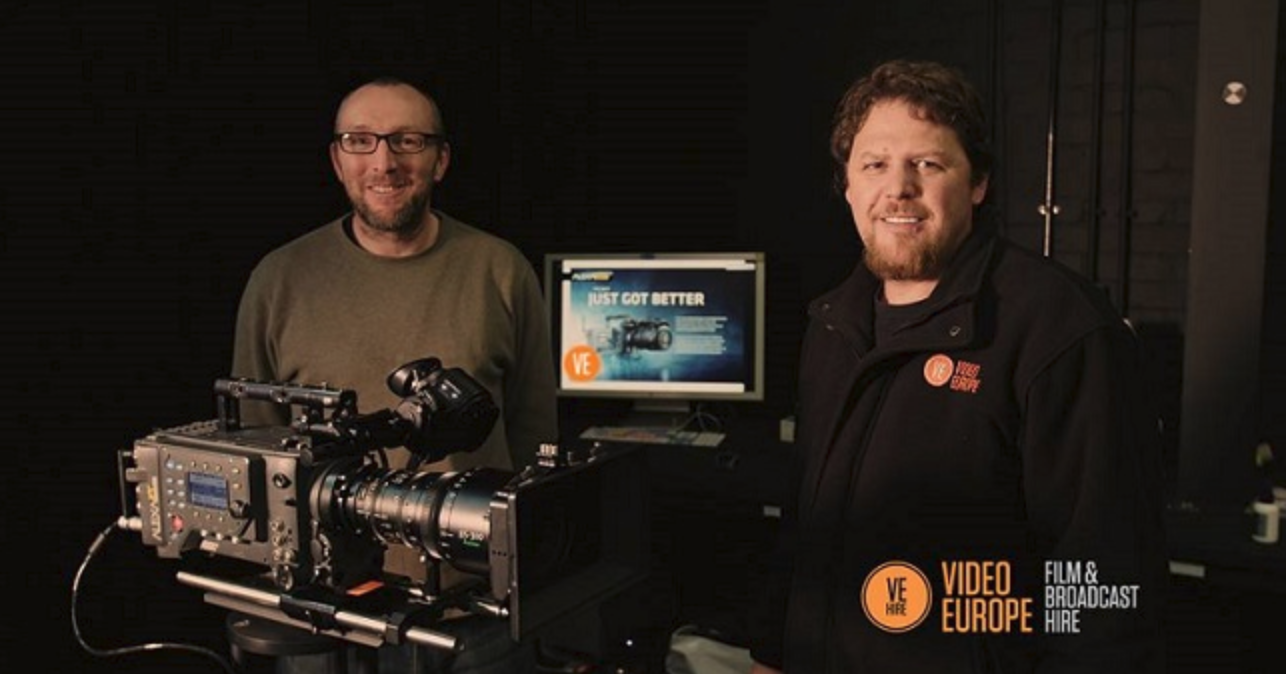
A week later, in early December, I got an excited phone call from Julian (pictured above, right) at Video Europe, who asked me if I’d like to come to the rental house the following Monday to test out a set of Kowa Evolution anamorphics. Hell-f***ing-yeah, I wanted to come over!
Oddly enough it was the exact set that I’d seen on the shelf in CVP the week prior.
Turns out that CVP owed VE a favour, so they’d agreed to lend them the set to test out and see if they were worth ordering.
Funny how these things happen, isn’t it?
First Impressions
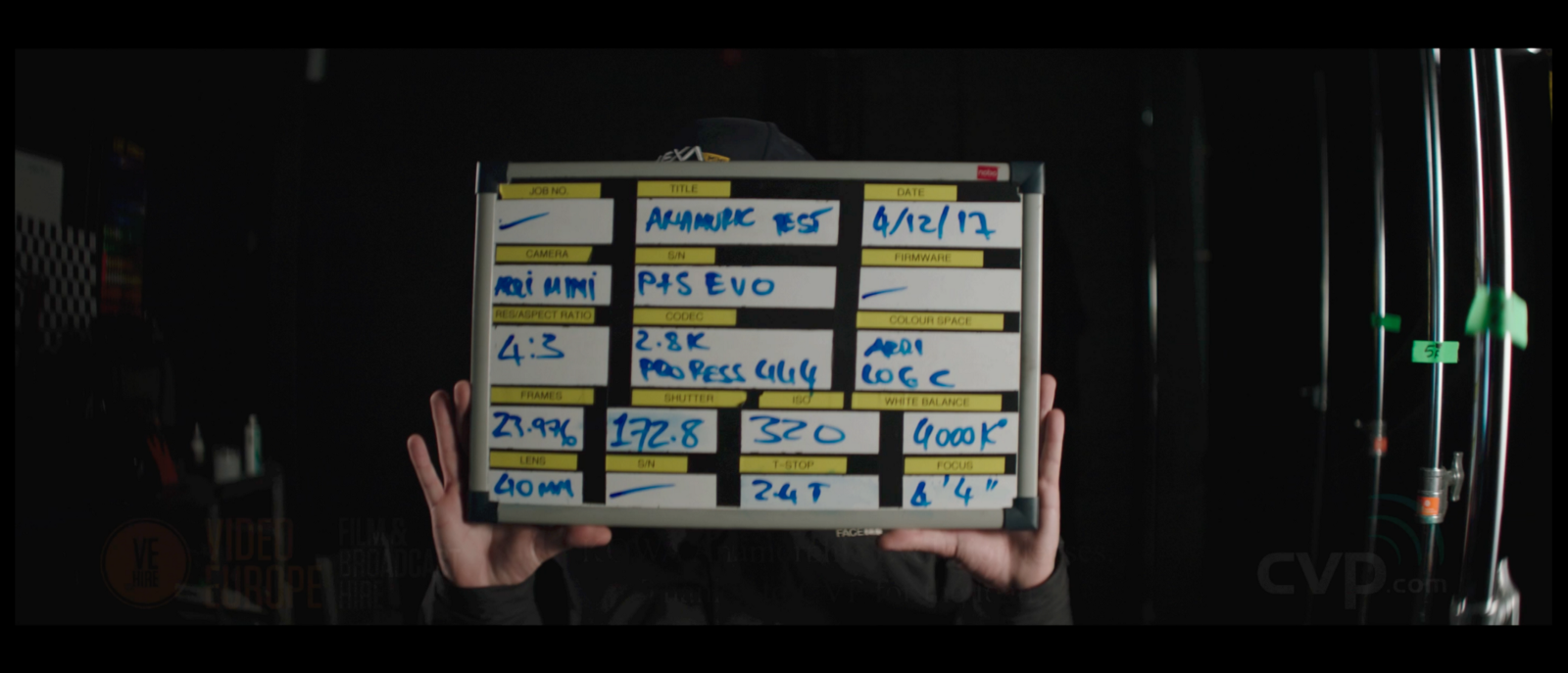
On my arrival, Julian and Elliot, eager as they are, had already shot a series of tests with each lens in the set: 40mm, 50mm, 75mm and 100mm.
From my experiences with anamorphic lens rentals, you seem to get either ends of a spectrum.
On the one hand, you pay less for a vintage set and they are often cultivating some kind of fungus, have a variety of colour casts and are seldom sharp across the set.
On the other hand, you can get sets of Cookes or Hawks, which are very colour accurate (but by no means cheap), often costing upwards of £1000 per day.
The first thing to surprise me about these P+S Techniks was that they appear to sit in the magical middle ground between the two.
They are pin sharp and colour matched across the set, yet still have the characteristics of a vintage lens. Barrelling and flaring are things that some people try to avoid.
I am not one of those people.
What’s more, these lenses cost just €14,900 per lens, which is a steal compared to Cooke’s €29,900 per lens.
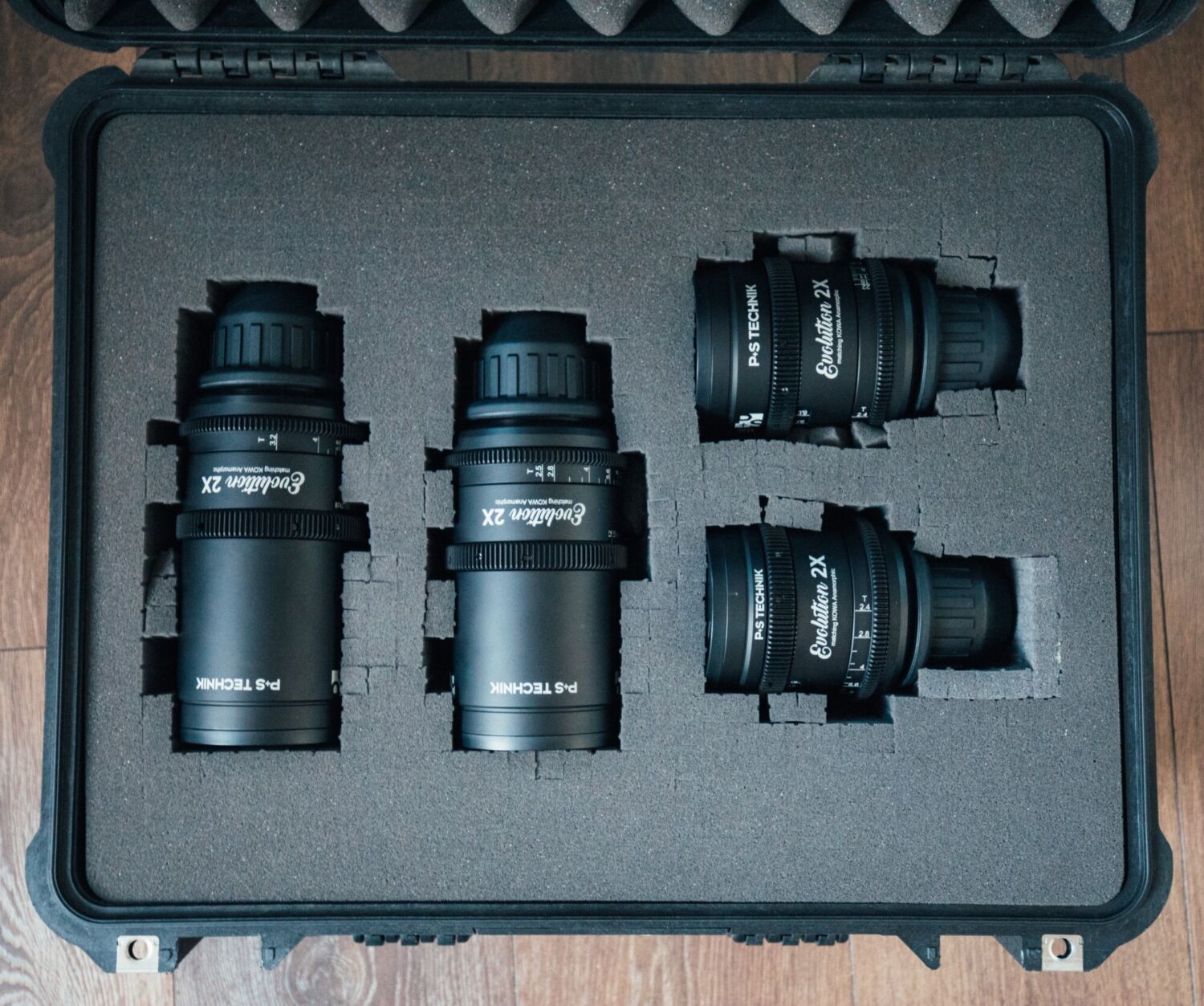

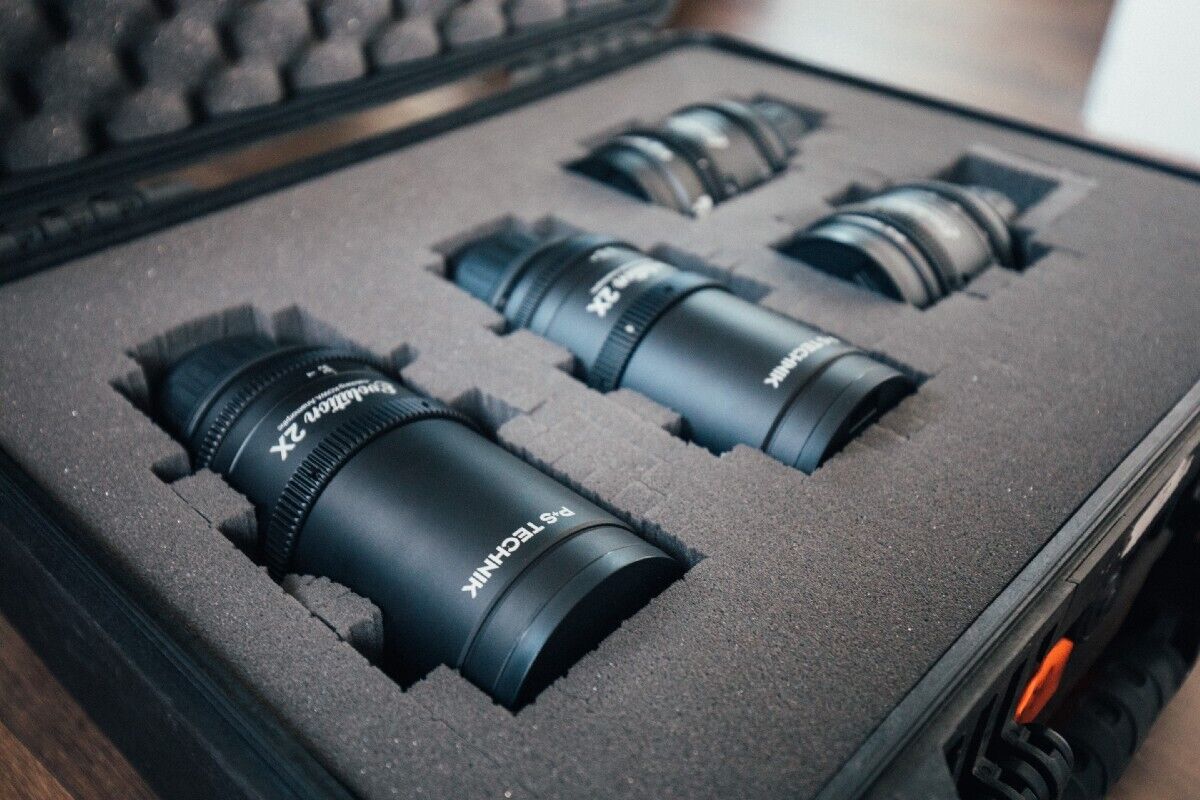
I was also really impressed with the form factor of these little beasts.
The 40mm and 50mm are easily gimbal-ready, with the 75mm and 100mm certainly being light enough for anything bigger than a Ronin-M (with extended arms).
Anyone who’s shot using Cookes, or—heaven forbid—Hawk rehoused Lomos, will appreciate the vast difference in size and weight.
In terms of functionality, the Evos seemed well thought out.
The witness markings are a good size, on both sides and in white for easy visibility. The whole set have 77mm diameter screw threads at the end, which, at this price point, is useful for attaching filters.
Better still, they all have an 80mm end diameter, which is useful for attaching a matte box. The front elements of the lenses themselves are somewhat scarily close to the end of the housing.
For extra jeopardy, and for some reason unknown to me, P+S have opted for photography-style lens caps, rather than traditional PL cover caps, just because the scratch risk wasn’t quite exciting enough as it was.
Other than this, my only gripe with the lenses at a testing level was the lack of oiling in the gearing mechanisms, which did feel quite dry.
I’m going to chalk it up to the lenses being prototype models and give P+S the benefit of the doubt here. They still functioned fine and felt smooth with a follow focus, just not as oily as I expected.
I’d done my tests, and I was sold.
Shut-up and take up (rental) money
As it happened, I had a shoot pencilled for the following Wednesday, for which I was going to rent a set of vintage Kowas.
Having recently shot on vintage Kowas for Novo Amor and Ed Tullett’s live sessions, I’d learnt that, although they are beautiful lenses with lovely organic characteristics, they’re probably a bit soft for commercial application.
Having seen how much better these Evos were, I knew they’d be a better fit for the job.
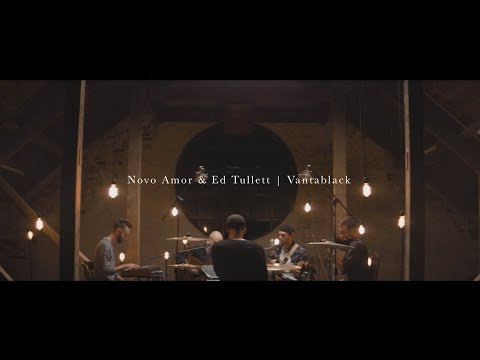
After an hour of phone calls to CVP, and some really degrading, unashamed mega-begging to Julian at VE, I convinced them to let me take the set away with me and shoot my commercial on them, as long as I wrote a blog about my experiences and took plenty of photos…you can see where this is going.
The Shoot
The shoot itself was a three-day, docu-style commercial shoot for a telecoms company.
We’d be travelling to multiple locations in Wales; from the most rugged, rural and isolated landscapes, to built up urban city areas.
We’d be shooting in all weather conditions as well as indoors, making use of both natural and artificial light.
If I still liked the Kowas by the end the of week, and they still worked, I knew they’d be a winner.
As far as the shooting rig was concerned, I opted for the Arri Alexa Mini, with the new Ronford Baker handle system, an Arri FF-5 follow focus, and an Arri LMB-25 snap-on matte box.
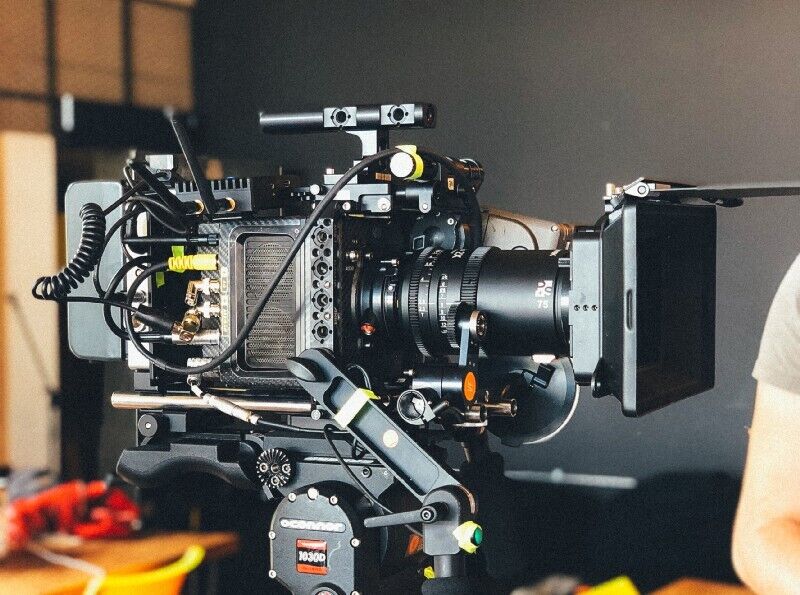
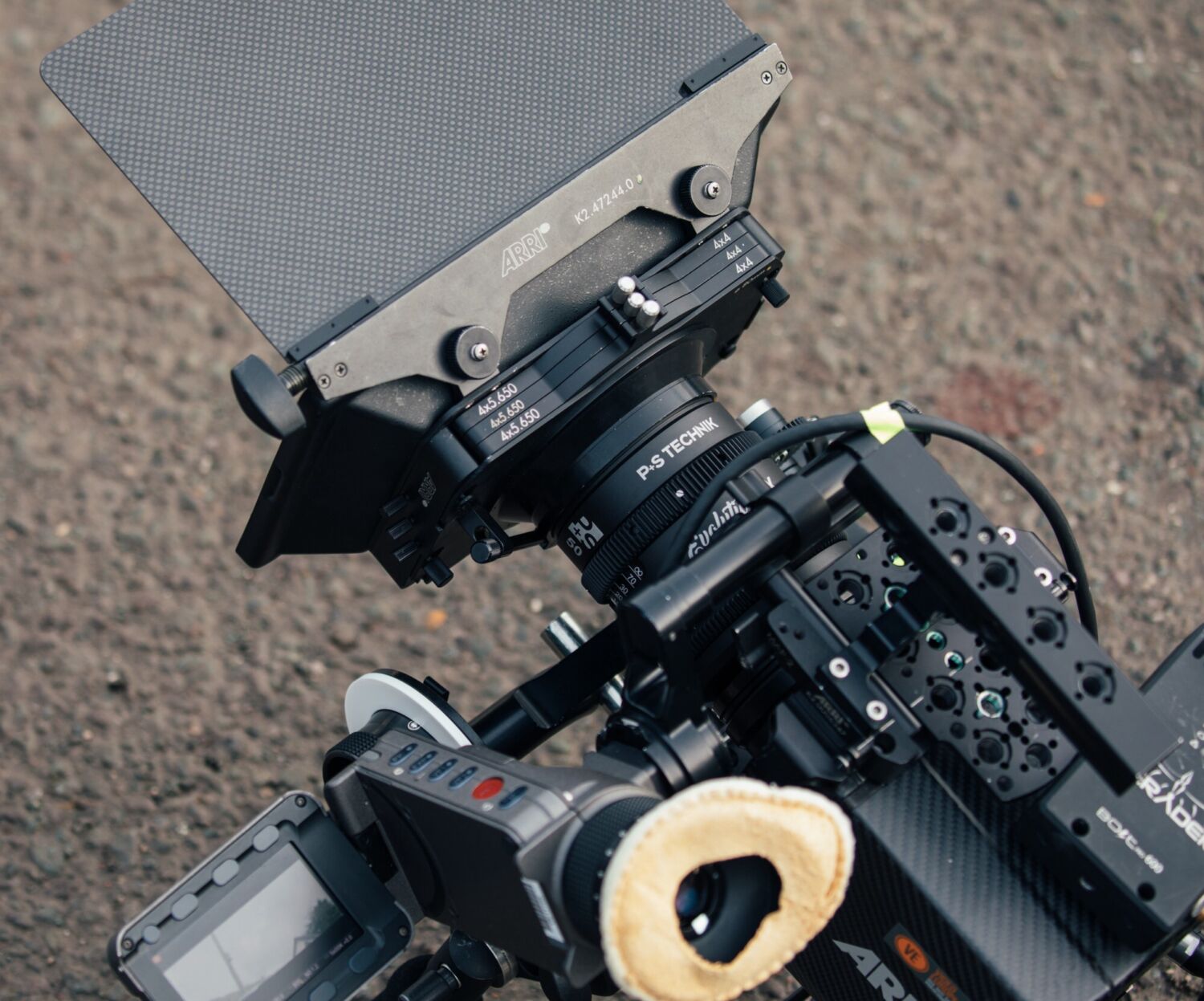
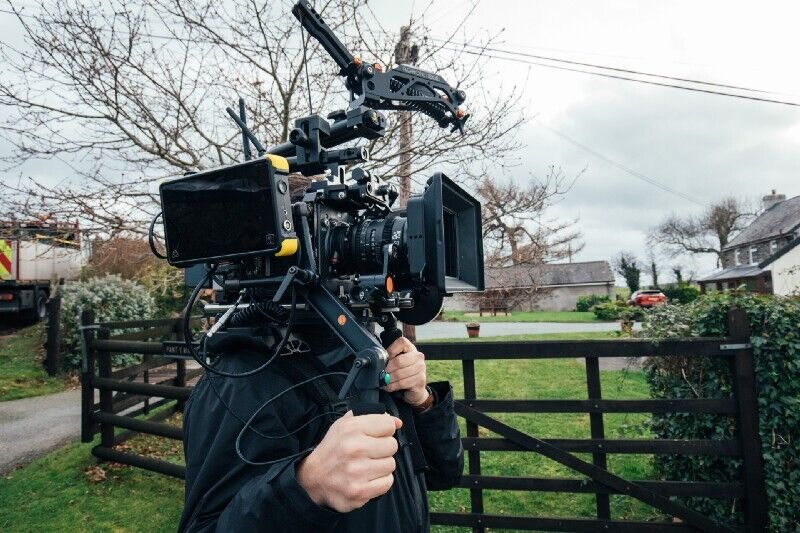
I borrowed a Tiffen clear filter for the matte box, and attached the top door to the LMB-25, which I figured would protect the lens from the elements, as well as keeping it protected as we moved around locations.
Whilst I trusted my 1st AC (Olly Jelley) with replacing lens caps, I just figured it would be best to minimise the risk of scratching them when replacing the caps in a rush.
I was feeling generous, so I bolted on a nice, bright Atomos Shogun flame as his monitor, and sent a signal from that to Josh (the director) through the Teradek Bolt 600 system.
At this point the rig wasn’t so “mini” and so an Easyrig was essential.
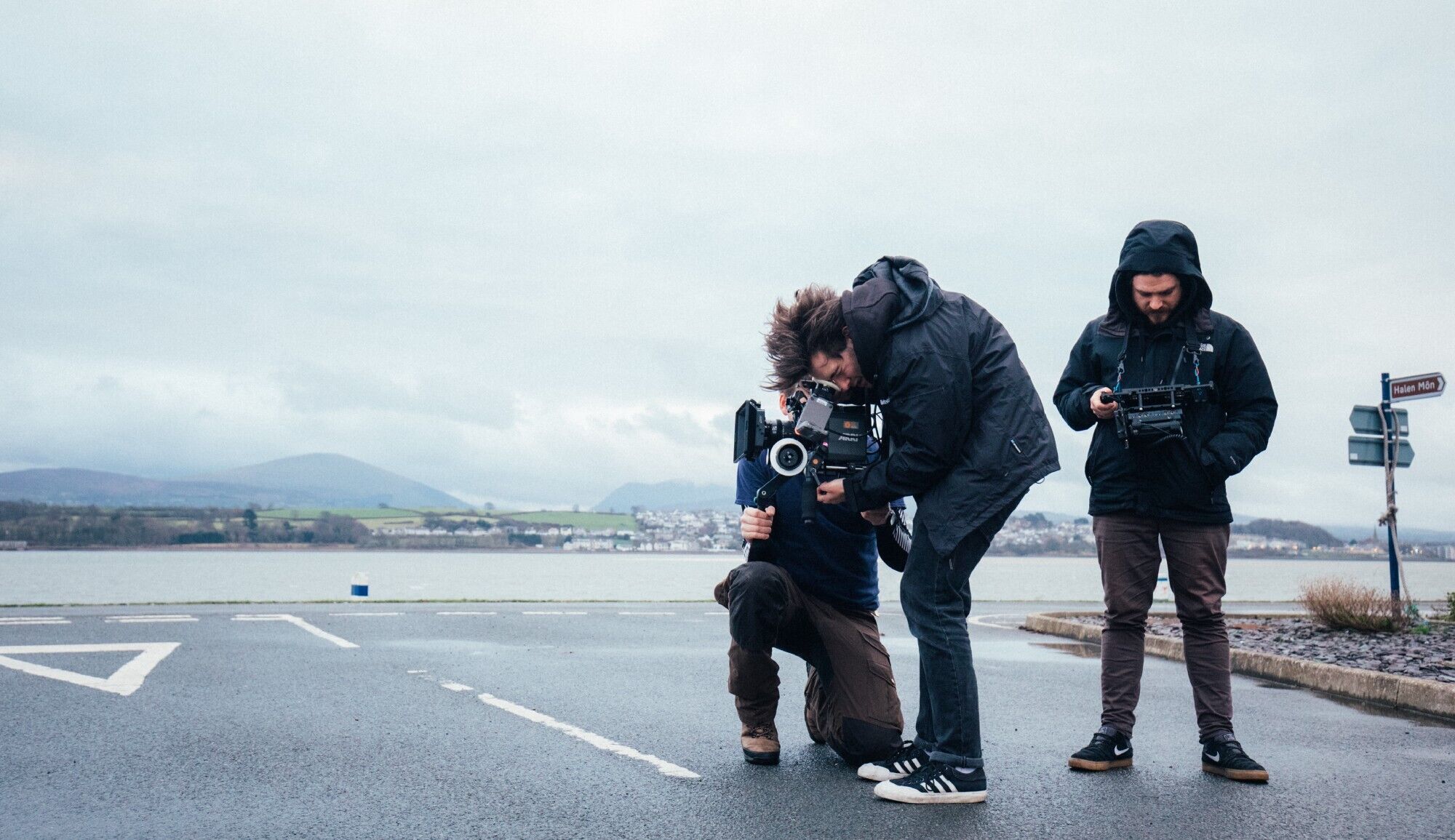
I knew before heading out that we were probably going to experience a multitude of weather conditions across the three days. I didn’t think we’d experience every condition imaginable, though.
Sun, heavy rain, fine drizzle, gale-force winds, snow—the whole shebang. Regardless of the weather, the lenses behaved perfectly.
Even when transitioning between warm indoor environments and the cold outdoors (or from outside the van, to quickly back inside the van), the lenses cleared quickly.
Even though I often found it hard to get precise focus using the Arri Mini EVF (which I don’t much care for), Olly was able to pull sharp every time using a mixture of peaking on the Shogun and witness marks on the lenses.
Due to their small form factor, making changes was surprisingly easy.
The memory of my frozen stump-fingers trying to mount Cooke anamorphics to an a7S the year previous was still fresh in my head, and I can safely say that the Evos were much, much easier to mount.
The clip on matte box really helped make changes speedy too, and meant I could keep the front elements clean. Olly was also able to keep a spare lens in his satchel because they were so small!
All of the lenses in the set apart from the 100mm (which has a 5′ distance) had a close focus of 3′, which is pretty good for anamorphic lenses. You’d still need a diopter for close ups, but it was fine for this shoot.
Retrospective Conclusions
What a lovely little set of lenses.
If I’m honest, the 40mm does seem to distort a fair amount more than the 50mm considering the small difference in focal length.
For that reason, I opted not to use it much on this job.
Not that it’s any different from the 40mm on the original Kowa anamorphics; you’d probably only go for it if you really needed a wide in a tight space or were trying to go for a really distinctive look.
If I had to pick a favourite, I’d be torn between the 50mm and the 75mm, both of which were absolutely beautiful.
Framing mid shots on the 50mm is a real joy as you’re able to really position the subject within the space and show a lot of peripheral vision.
The 75mm is an absolute bokeh monster, and is really nice for interviews and portrait shots.
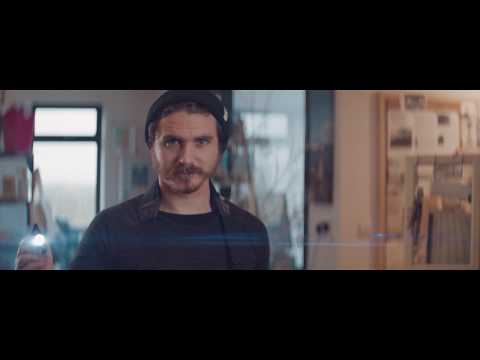
As you’ll see in the above video, the lenses flare like most anamorphics do.
They definitely flare more easily than the Cookes, but have less of a JJ Abrams feel than Lomos.
They also change colour depending on the flare source, which is really nice, and something that I don’t think the Lomos do (they stay blue).
I’ve seen rumours online that a 35mm is in the pipeline, which I’d be really excited to see!
I really do think that these lenses fill a gap in the market for the lower to middle budget anamorphic shooter.
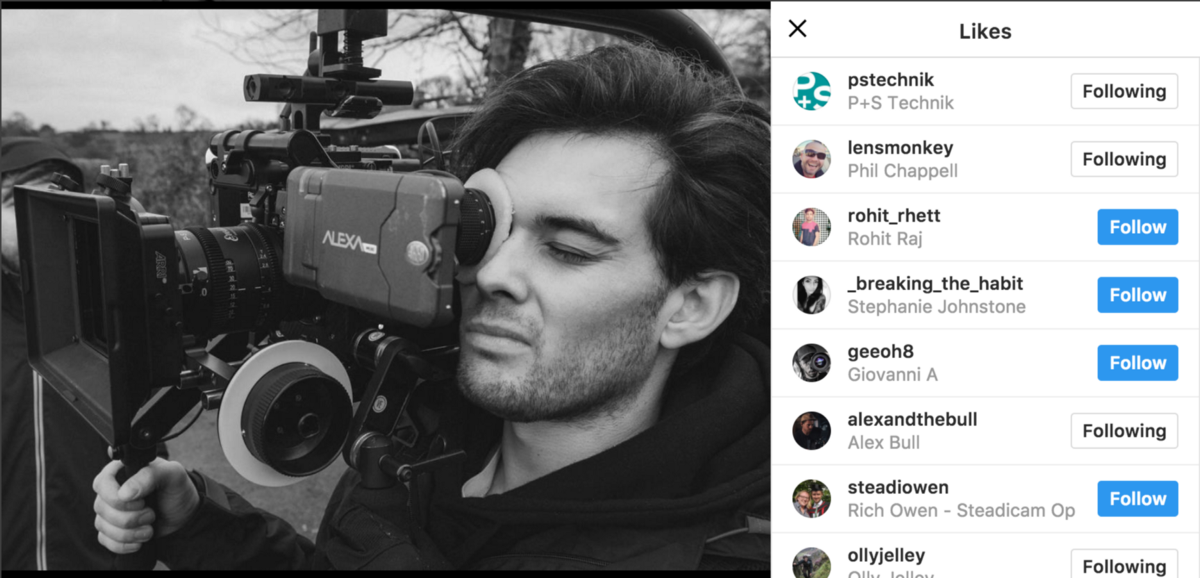
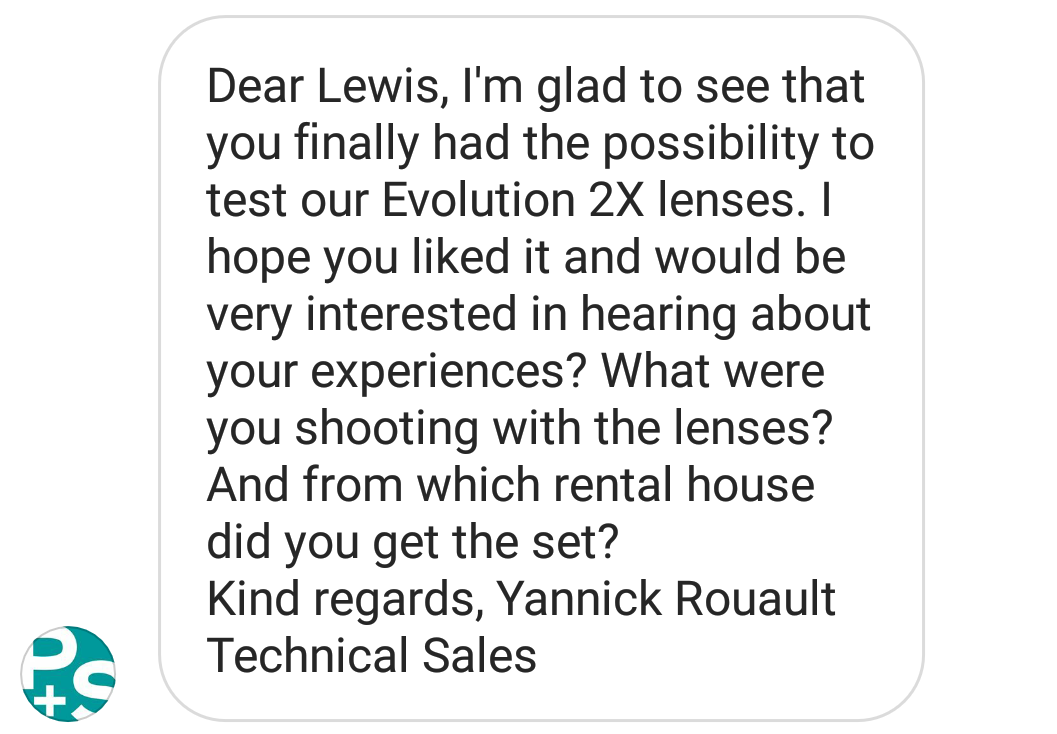
Not long after returning to Storm & Shelter HQ, I received a DM from P+S on Instagram (not sure how they found out…).
I hope this blog serves well to give my opinion on the lenses! Big thanks to Video Europe and CVP for the hookup. With any luck VE will order a set of their own and I’ll be using them a lot more in the new year!
For more insights on camera lenses, including how to choose your glass, check out our journal.
